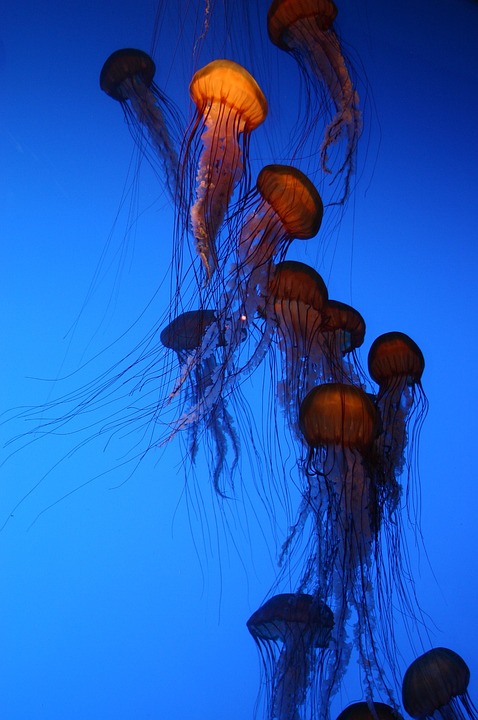Animal welfare professionals and conservation scientists in Hawaiʻi have long been at odds over the best approach to managing the feral cat population on the islands. The debate has centered around the use of euthanasia versus the trap, neuter, release (TNR) technique. However, in recent years, there has been a significant shift towards finding common ground between these two groups.
For the past five years, the National Oceanic and Atmospheric Administration (NOAA) and the Hawaiian Humane Society have been working together to address the issue of feral cats in Hawaiʻi. This collaboration has led to a research paper published in the Conservation Biology journal, which highlights the importance of using applied social science disciplines to implement creative outdoor cat management solutions.
NOAA social scientist and researcher Kirsten Leong explained that the agency became involved in the outdoor cat management conversation due to the threat of toxoplasmosis to Hawaiian monk seals. Toxoplasmosis is a disease parasite that reproduces in the gut of cats, posing a significant risk to wildlife in the area. This realization prompted NOAA to join forces with the Hawaiian Humane Society to find effective solutions to the feral cat issue.
Leong emphasized that conservation workers and the cat welfare community often have different priorities when it comes to outdoor cats. While wildlife conservation professionals focus on cats that have a significant impact on wildlife and protected habitats, the cat welfare community is more concerned with cats that have relationships with human communities. However, both groups recognize the importance of addressing the influx of new cats into the environment, particularly pet cats.
In an effort to bridge the gap between conservation and animal welfare perspectives, Kirsten Leong and Stephanie Kendrick of the Hawaiian Humane Society, along with others, developed the Pono Cat Parent Pledge. This pledge encourages cat owners to raise their pets in a way that minimizes harm to local wildlife. The pledge includes commitments such as keeping cats indoors, disposing of litter properly, and spaying or neutering pets.
Kendrick emphasized that the goal of the pledge is to promote responsible pet ownership while also considering the impact of cats on the environment. By encouraging cat owners to take proactive steps to prevent their pets from contributing to the feral cat population, the Pono Cat Parent Pledge aims to create a more sustainable and harmonious relationship between cats, wildlife, and human communities in Hawaiʻi.
Overall, the collaboration between NOAA, the Hawaiian Humane Society, and other stakeholders represents a significant step towards finding holistic solutions to the feral cat issue in Hawaiʻi. By combining the expertise of conservation scientists and animal welfare professionals, innovative approaches like the Pono Cat Parent Pledge are paving the way for a more balanced and effective management of the feral cat population on the islands.





